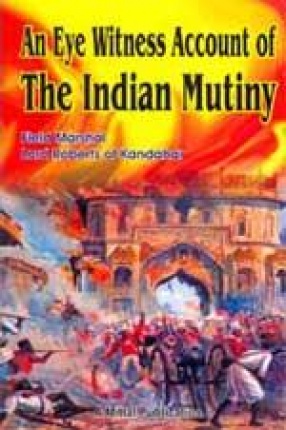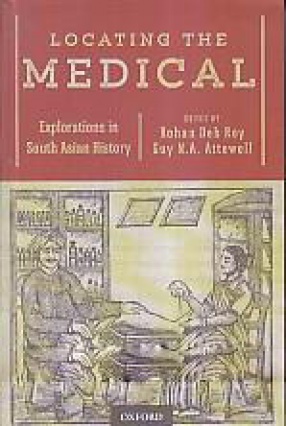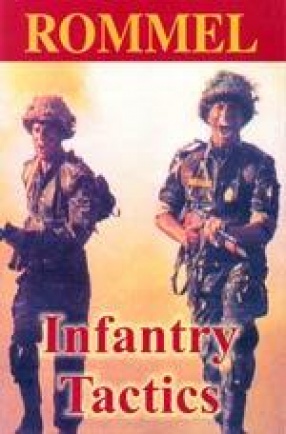It is the breath taking story of a great man, a truly brave soldier whose sterling character, transparent sincerity and unswerving devotion to duty , under the gravest provocations, are self-evident from each line and each page of the book. Any nation can be proud of such worthy sons. If Britain once ruled over an empire on which the sun never set, it is because it produced heroes of such indomitable courage and caliber as field Marshal Lord Roberts of Kandahar, the author of the present volume. Whatever be our grievances against our old colonial masters, we cannot ignore the verdict of history about truly great men who have left a permanent mark on history. Born in Kanpur, the son of General Sir Abraham Roberts who lived and served in India for nearly 50 years, field Marshal LordRoberts was educated at Eton and Sandhurst. He left England for India on 20-2-1852 and joined the Indian Army as a subaltern in the Native Field Battery at Calcutta at6 an early young age. The remarkable book which records his eventful of 41 years military service in India was first published in 1896 and in the course of two years it ran into 29 editions. There are very few parallels of a book which enjoyed such immense popularity. It is now being reprinted after 85 years in India. It gives a most authentic and eye-witness account of the rise and fall of the military fortunes of the East India Company during the Subaltern to the Commander-in-chief of Indian Army with a greateful homage of a country which conferred upon him a peerage and the highest military rank of Field Marshal. He was the recipient of Victoria Cross ata tender age when he was still in his tenties, displaying incredible courage and bravery against gravest danger to personal safety during Sepoy Mutiny. The book is packed with crowded events and in a short Review of this kind it would not be practicable to condense all the tumultuous events of Sepoy Mutiny, the second Afghan War, the military expeditions to Lushai Hills and War with Burma in which the author participated as one who controlled and directed the events in India is ushered in by a catastrophic cyclone in which he is caught in the dead of night. He however gropes his way in the inky dark and manages to reach home. The next morning he saw vast devastation, giant trees up rooted and blown about beyond recognition. When he received orders to reach Peshawar it took him three months to cover the distance from Dum Dum to Peshawar. From Meerut to Peshawar, a distance of 600 miles, was covererd by a ‘Palankin or doolies’. The railways had not yet been introduced. On first January 1857, the author witnessed the meeting of Sir John Lawrence the Chief commissioner of Punjab and the Emir of Kabul atk the mouth of the Khyber Pass. He was the part of the escort. A treaty was signed under which the Emir was granted ka monthly sub sidy of Rs. 100000 and a gift of 4000 muskets so long as the war of Indian Independence). Unrest among in First Afghan War in which the entire British army of 10000 perished and which exploded the myth of British invincibility. The other causes of Sepoy Mutiny have been listed as the prohibition of Sati, puttinga stop to female infanticide, the execution of Brahmins for capital offences, the efforts of Brahmins for capital offences, the efforts of religious conversion by Christian Missionaries and the protection of their converts, the removal of all legal obstacles to the remarriage of widows, the spread of Western and secular education and attempt to introduce female education. Finally what added spark to the fuel was the introduction of a new rifle (in place of pigs and cows with the intention of violating the religious beliefs of Hindus and Muslims.
An Eye Witness Account of The Indian Mutiny
In stock
Free & Quick Delivery Worldwide
reviews
Bibliographic information
Title
An Eye Witness Account of The Indian Mutiny
Author
Edition
Reprint
Publisher
Length
xxii+597p., Figures; Appendices; Maps; Index; 23cm.
Subjects





There are no reviews yet.